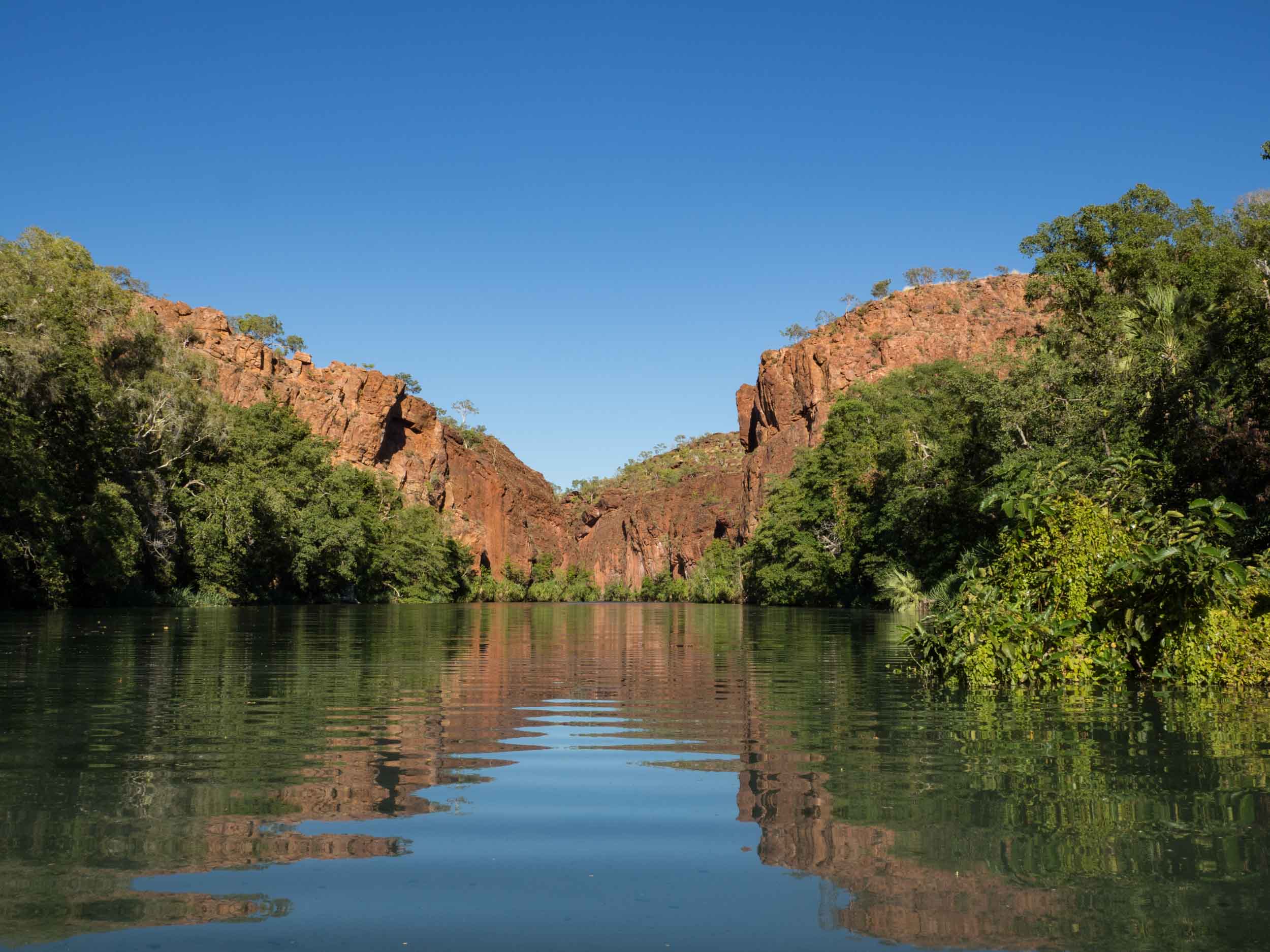Varied Lorikeets: a spectacular blossom nomad
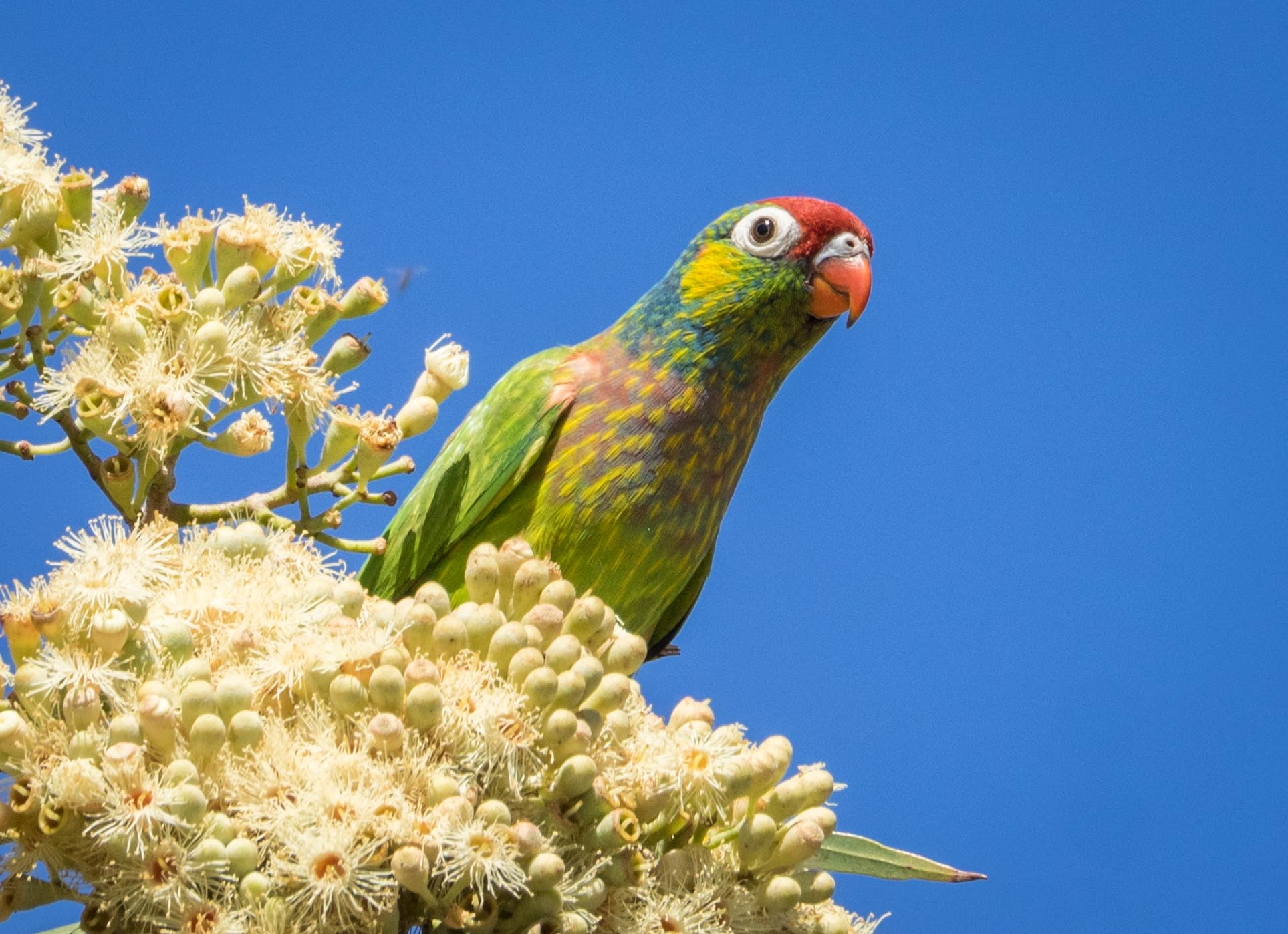
The inland Gulf Plains of northern QLD can be rather depressing.
Boodjamulla National Park, however, is a wonderful oasis amid the seemingly endless cattle stations.
The creek has carried spring water for millions of years, cutting this deep gorge
The spectacular gorge - the heart of Boodjamulla - really is an oasis, and home to large numbers of birds and animals. The river is flanked by steep cliffs and the plateaus also provide rich habitat.
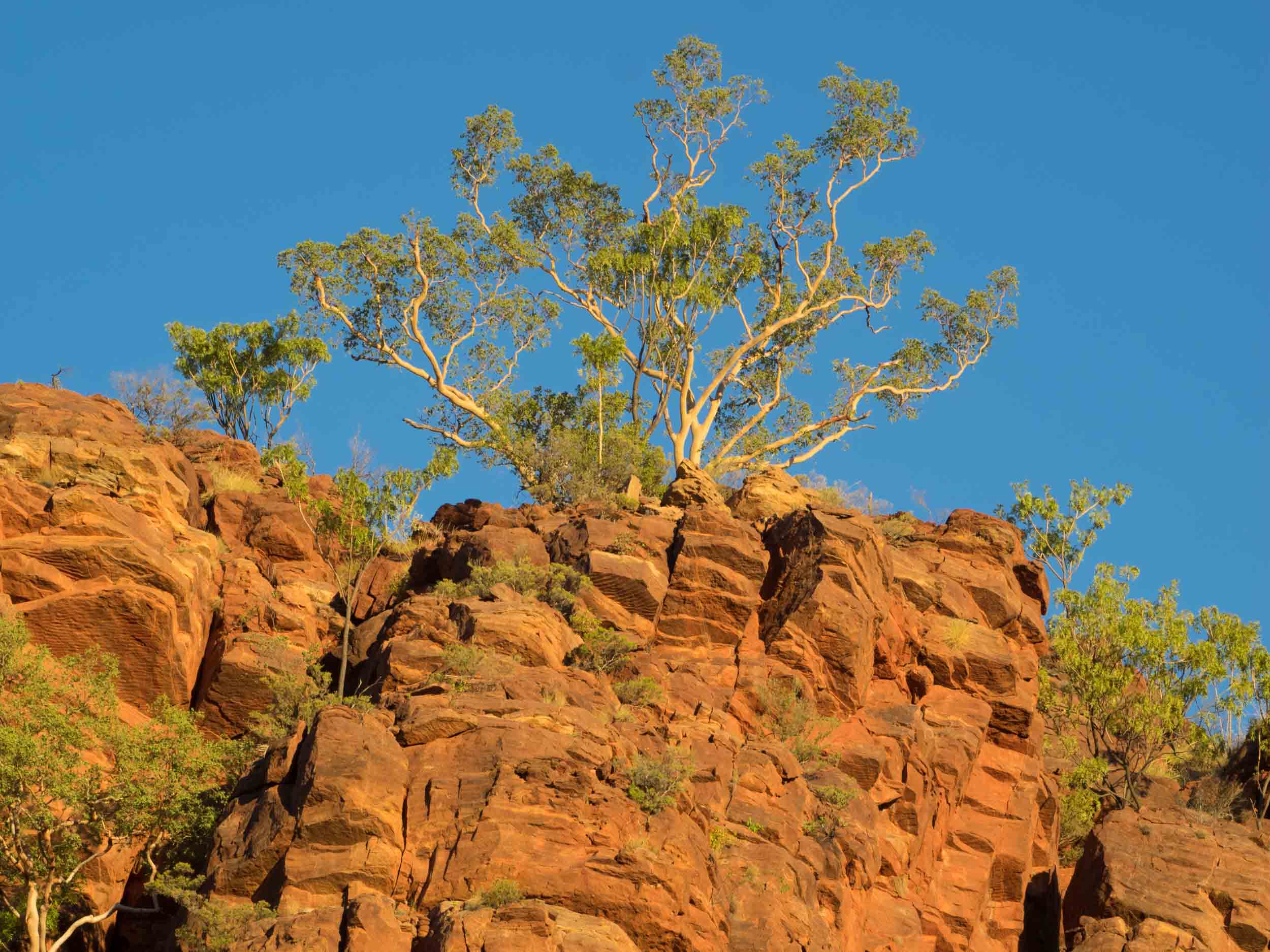
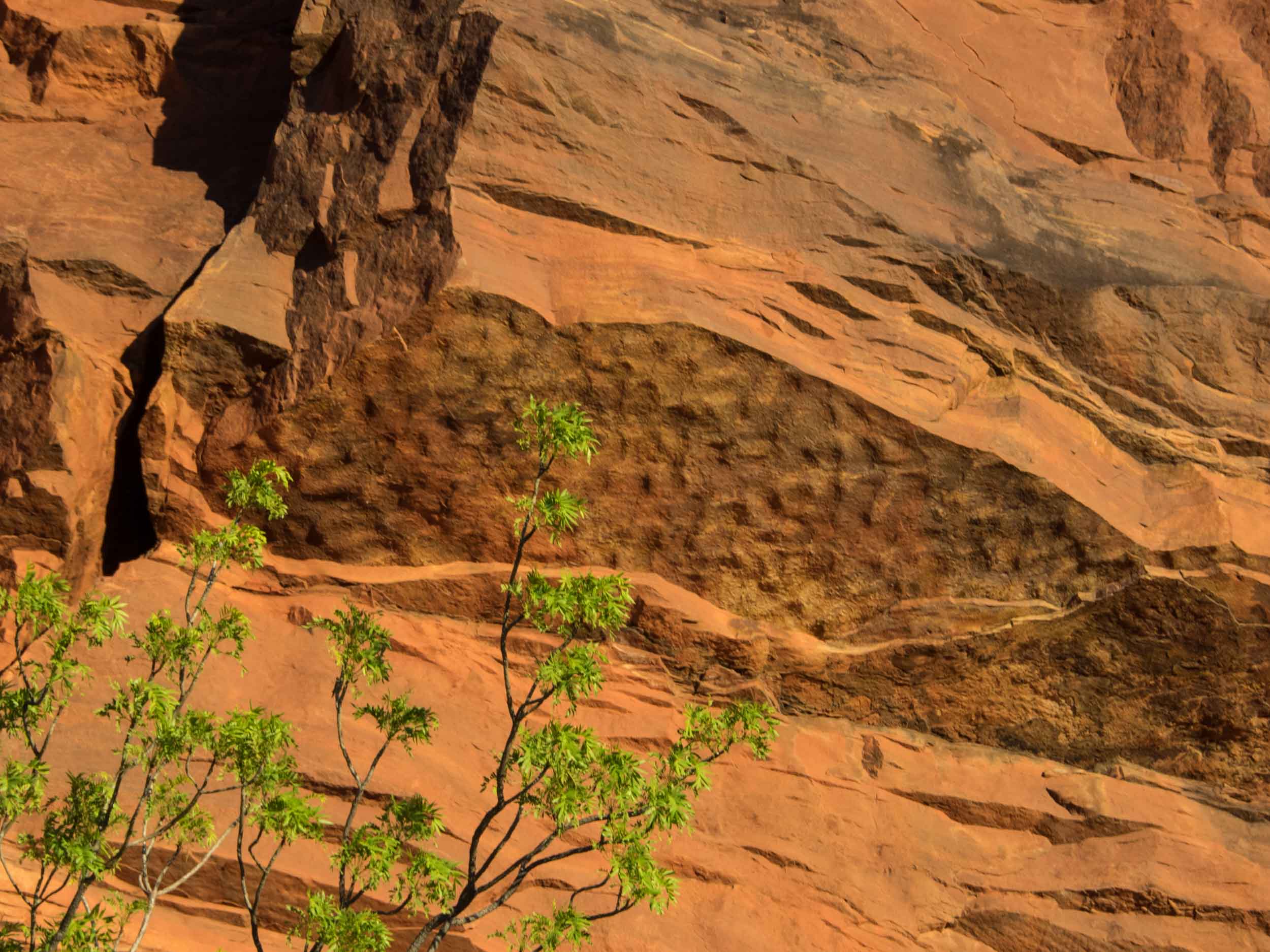

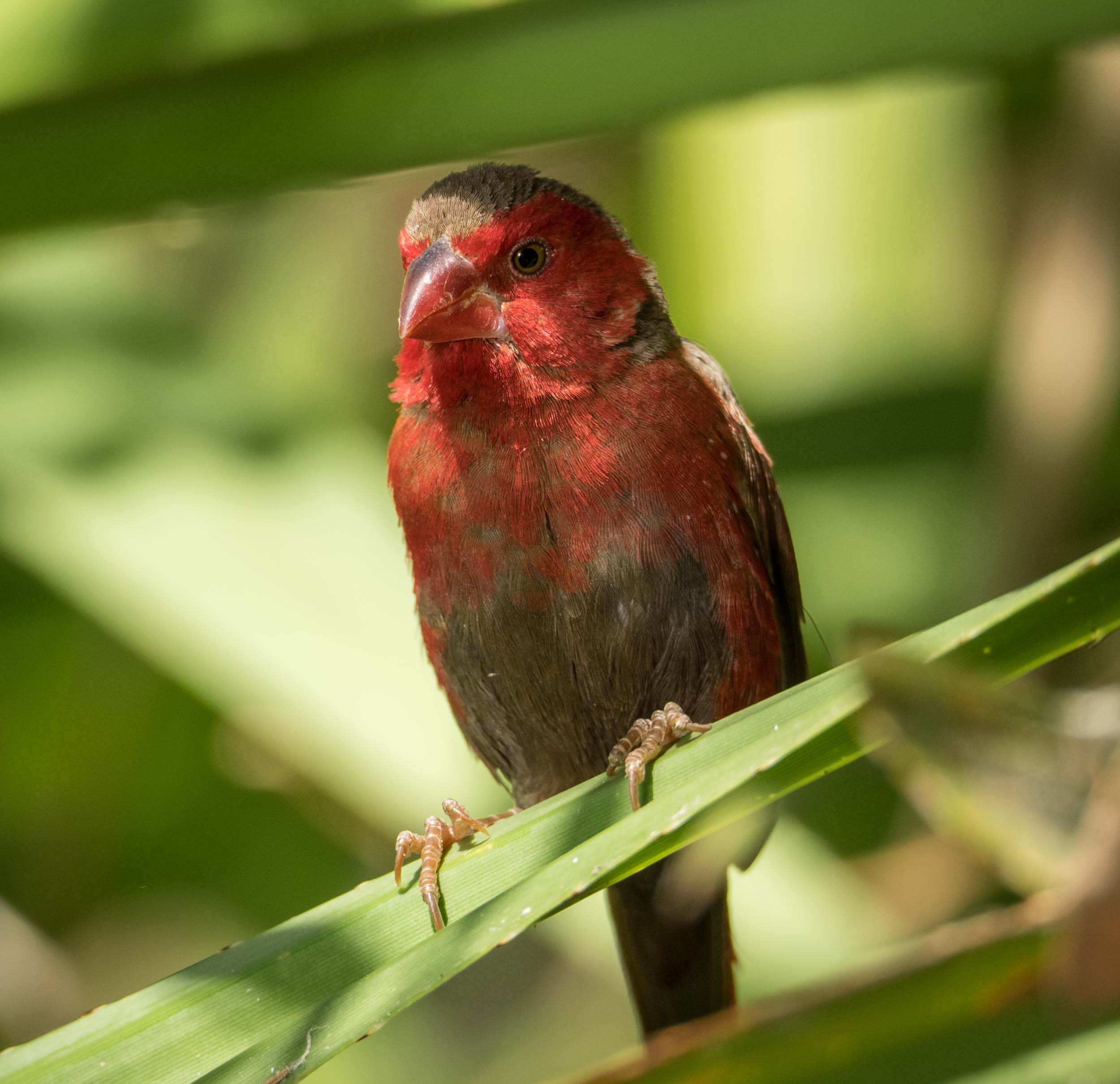
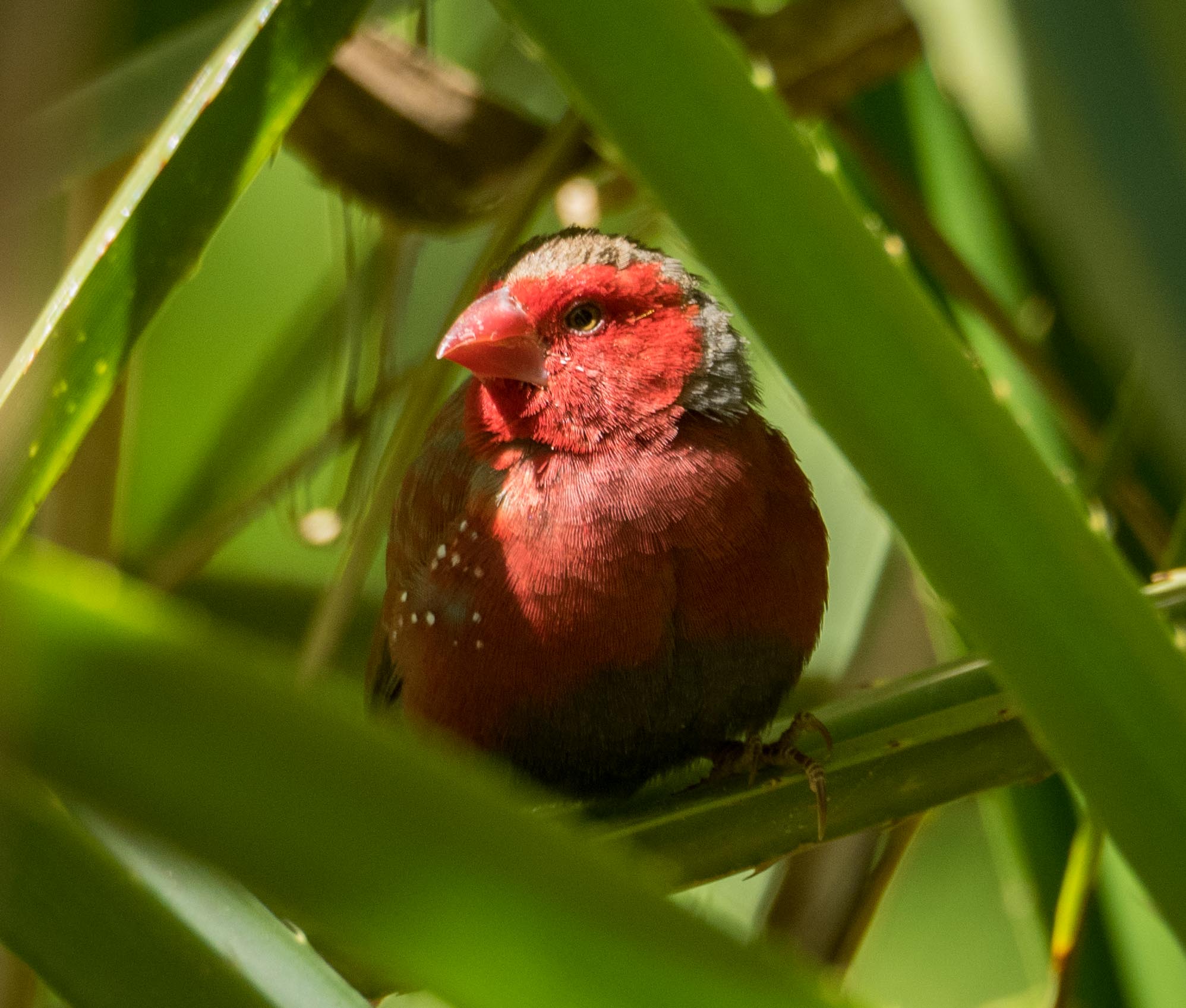
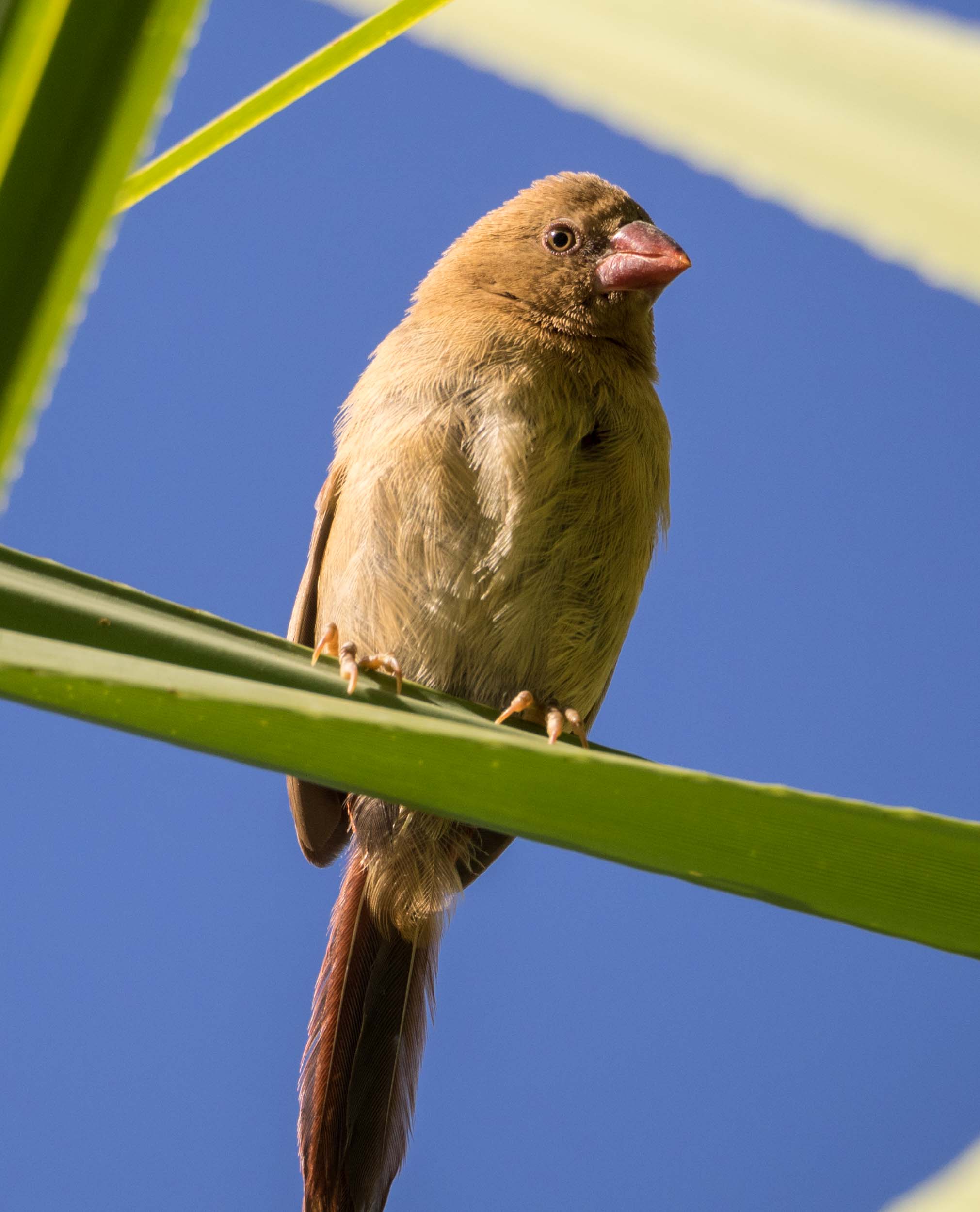
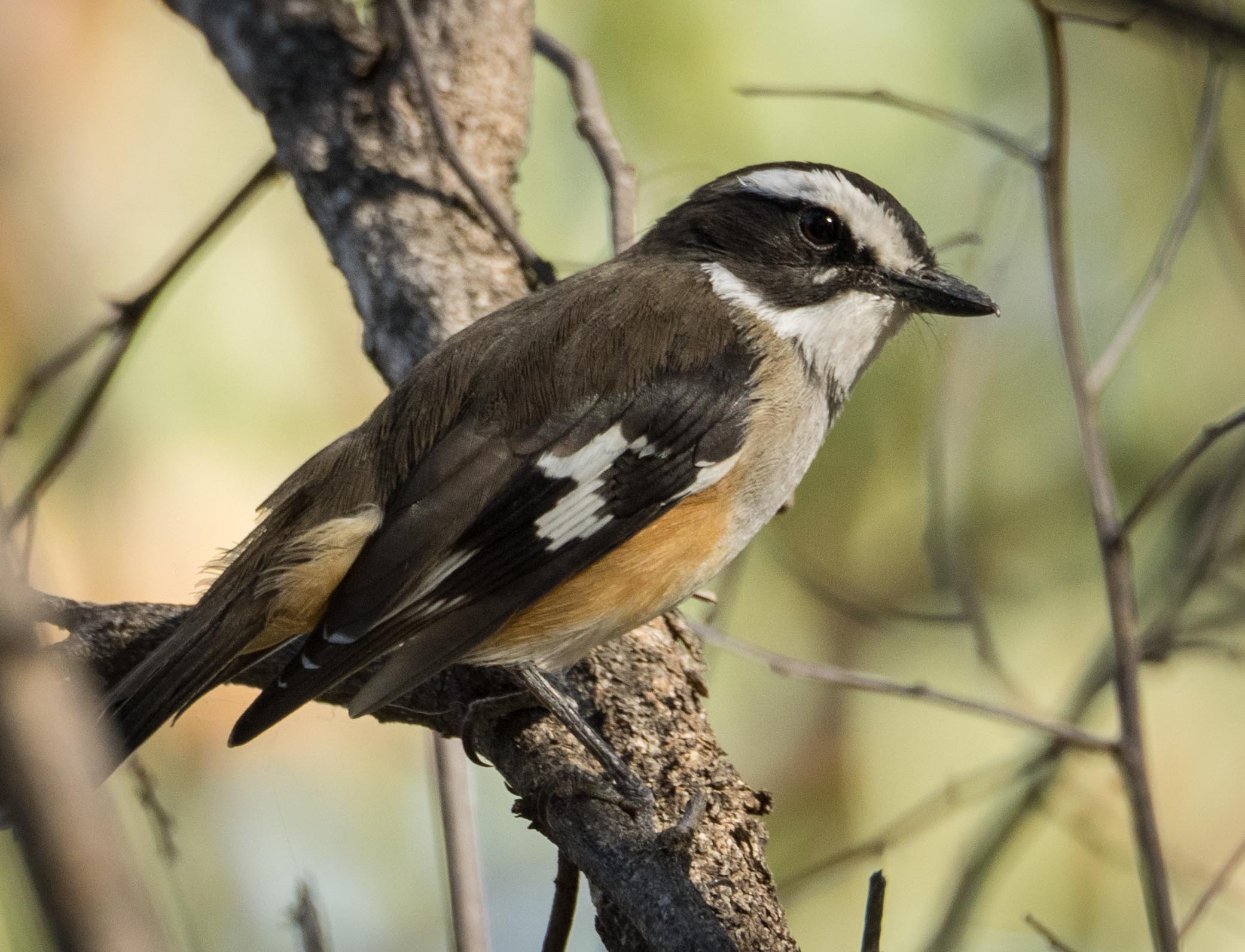
Boodjamulla is a strong-hold for the Purple-crowned Fairy-wren. This species is only found in the northern river country, and only in a couple of regions. The birds rely upon riverside vegetation, a habitat quickly destroyed by grazing cattle - a reason behind the decline in the species' range and overall population.

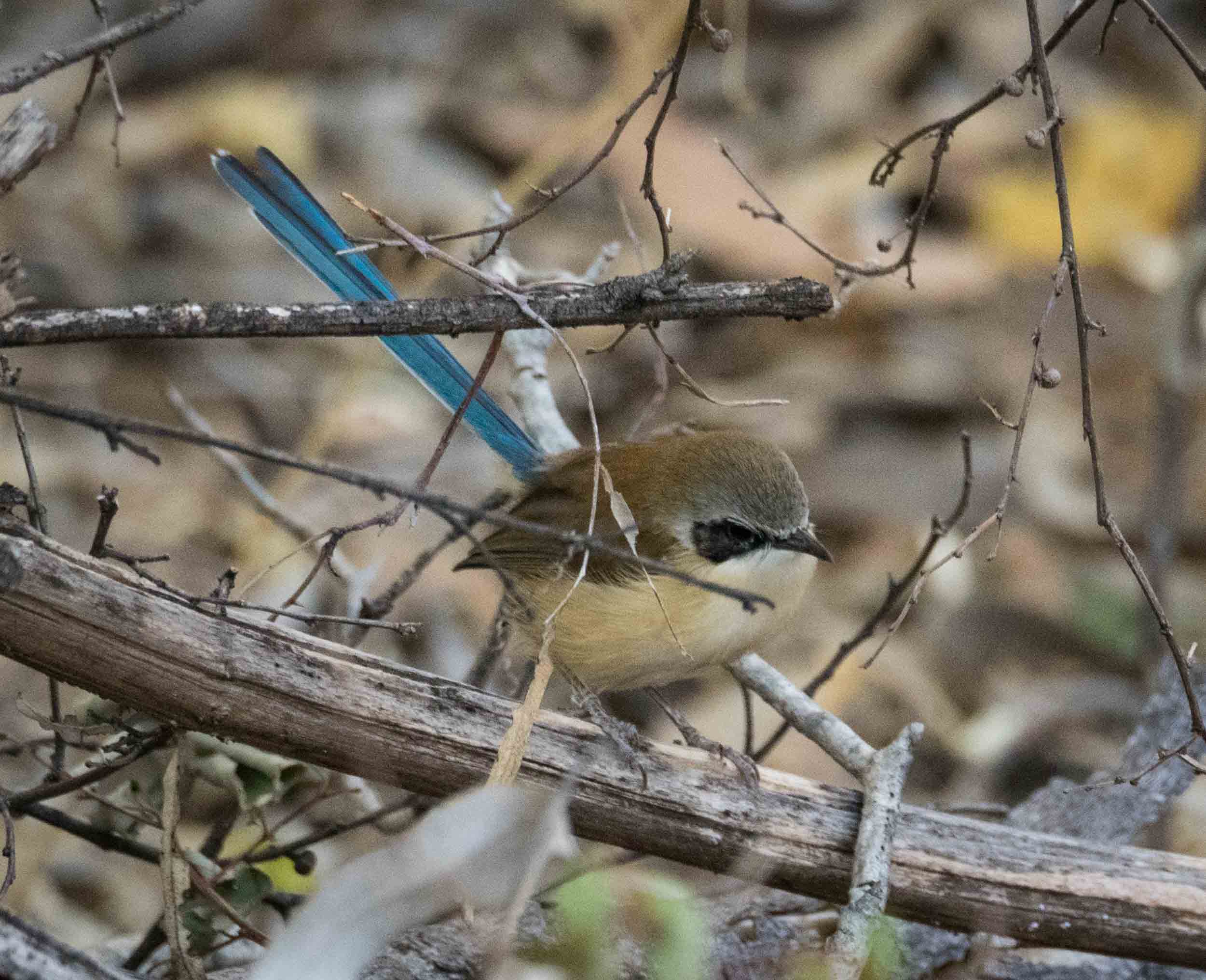
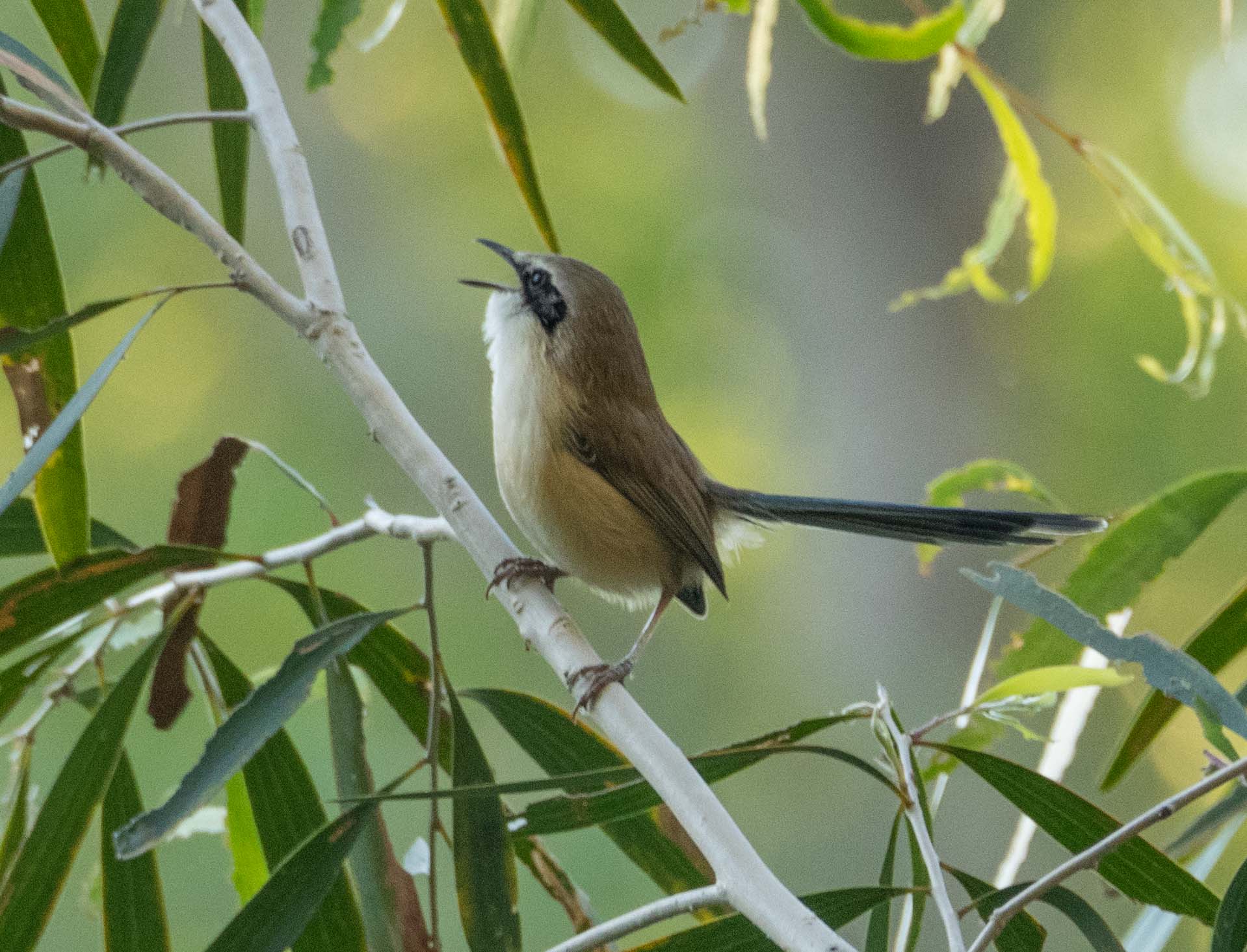
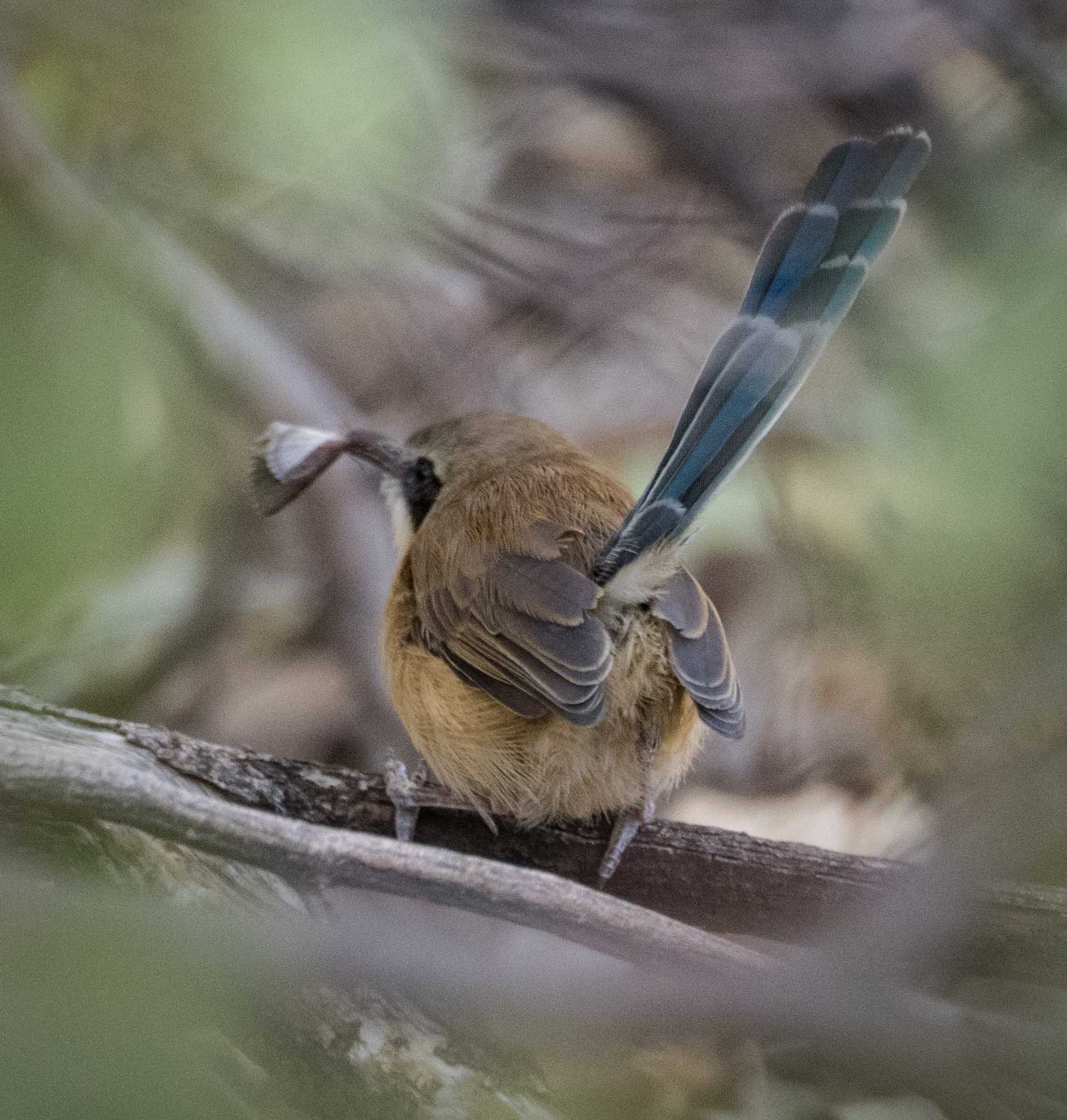
We had previously searched for Purple-crowned Fairy-wrens at another of their recognised 'hot-spots' - Victoria River in the Northern Territory - but without luck. So it was a real treat to be able to watch the birds feeding in the bush not far from our campsite. The males were without their breeding plumage, but we weren't complaining. A 'good get' and very exciting for southern birders like us!
We decided to venture further afield one morning, to see the famous fossils at Riversleigh ... and to scout for birds en route, of course. Despite the obvious agricultural damage, checking the scattered vegetation and small creek beds proved fruitful. We even saw Crimson Chat among the numerous Zebra Finches and Diamond Doves. Not bad ...
... and then we recognised lorikeet calls in the distance! We had heard an occasional flock overhead but had yet to actually get a close look at these endemics of northern Australia.
Following the calls along a creek bank shaded by quite large Corymbia ('Bloodwoods'), we spotted a single tree in full blossom - and there they were!
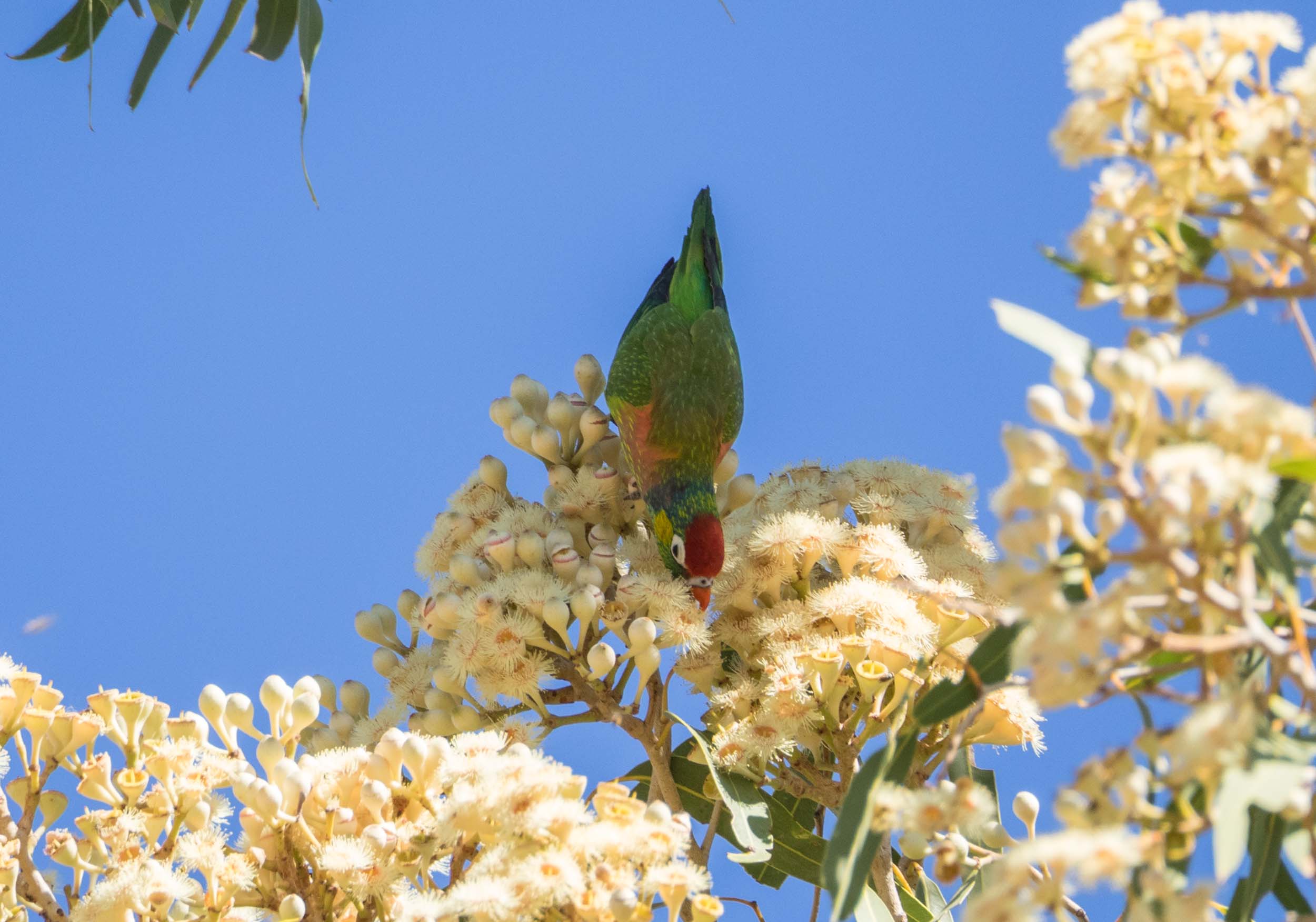
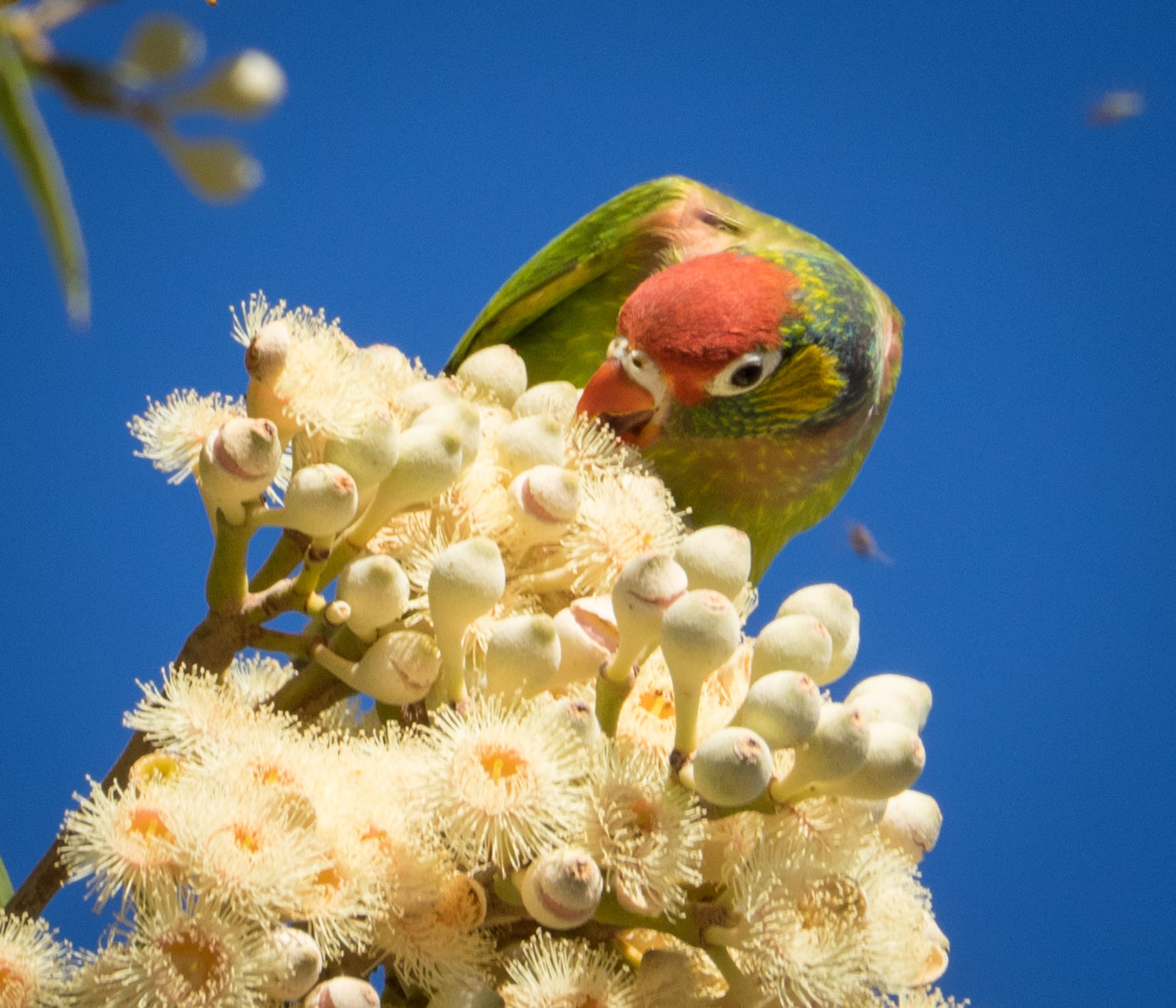
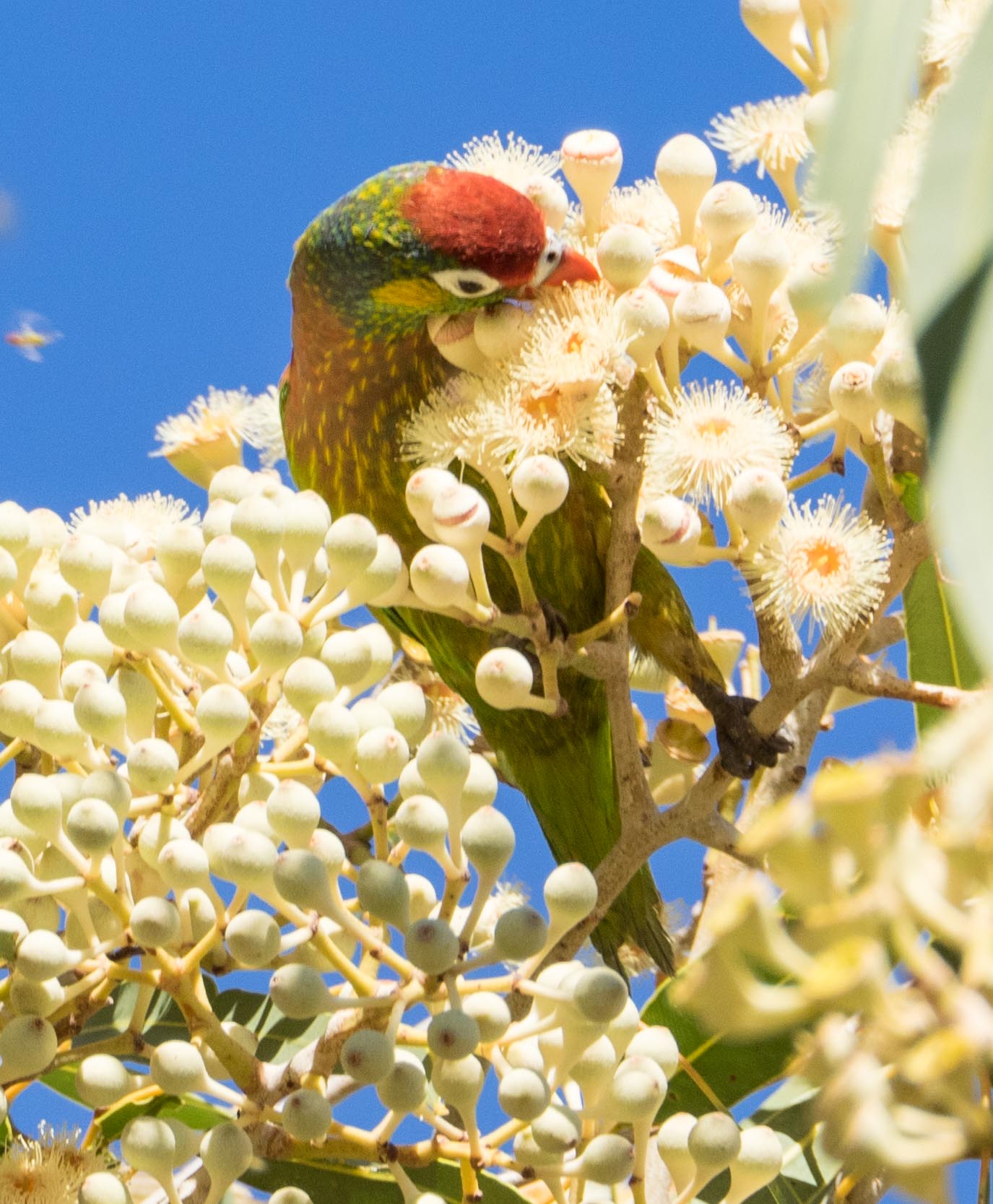
Varied Lorikeets have long been on my wish list. Since I was a child, in fact. I recall looking at pictures in bird books and trying to imagine a real bird with such bizarre colouring.
The tree looked to have only recently blossomed and, as the only flowering tree in sight, it was attracting huge numbers of insects and a variety of honeyeaters.
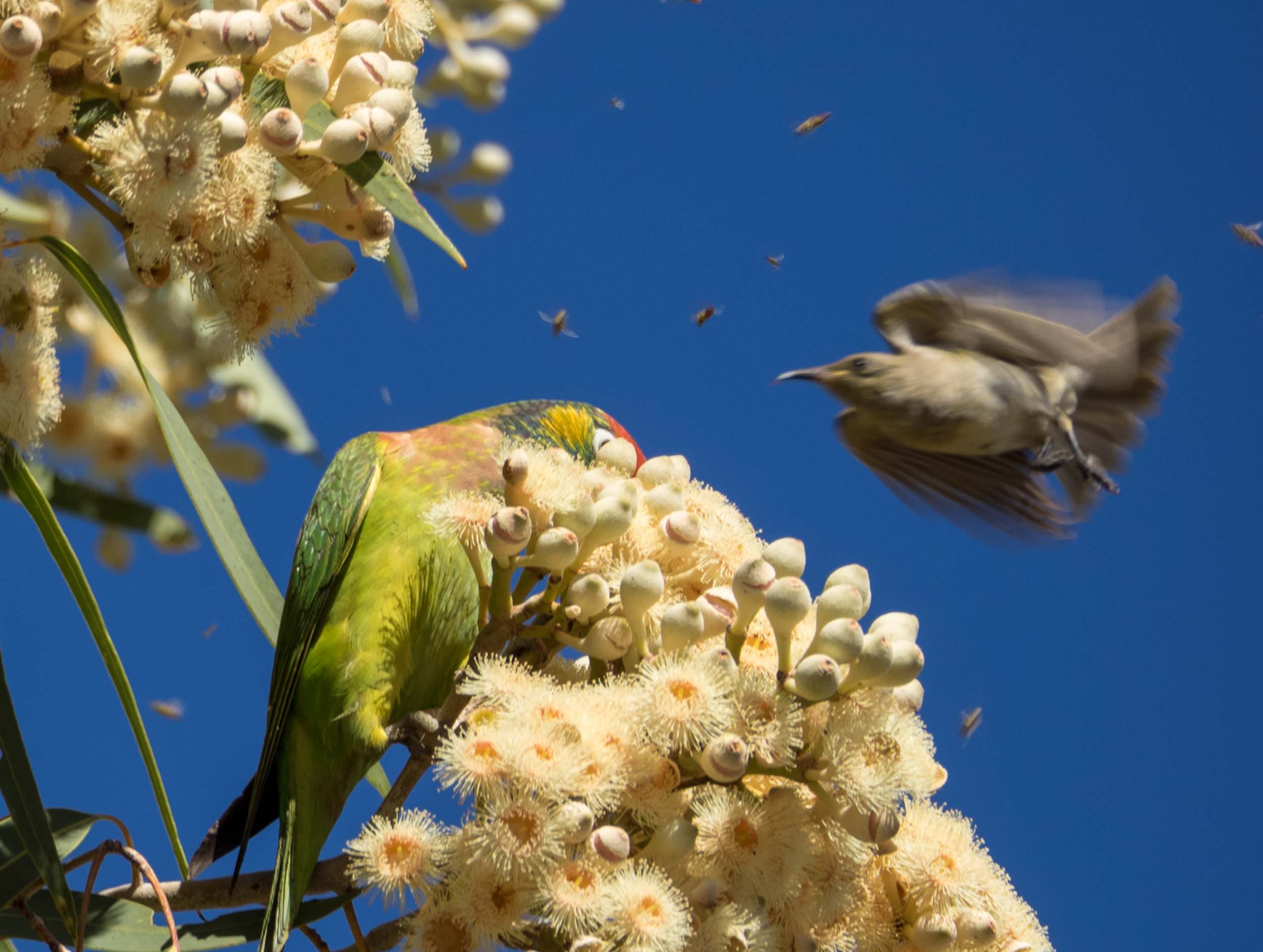
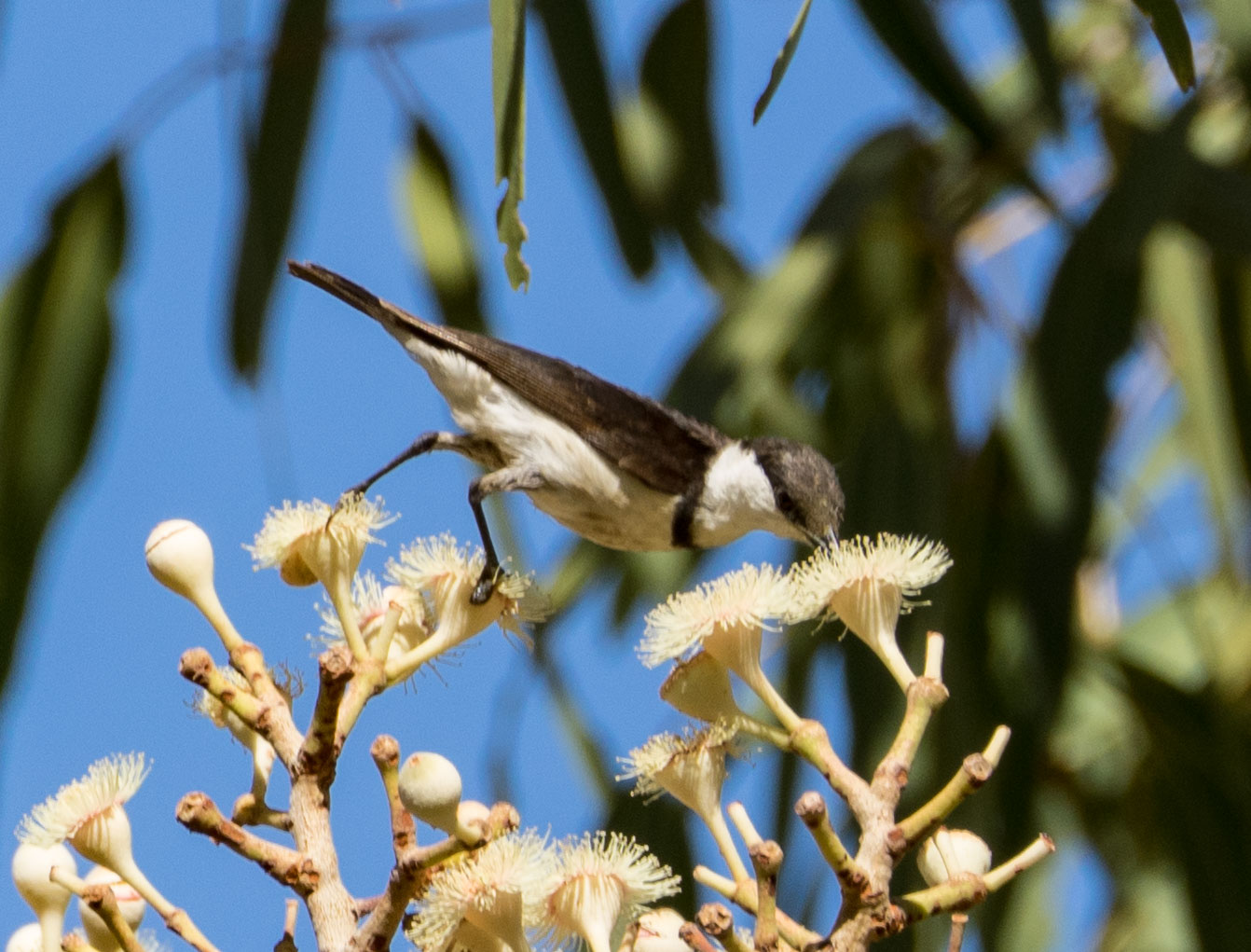
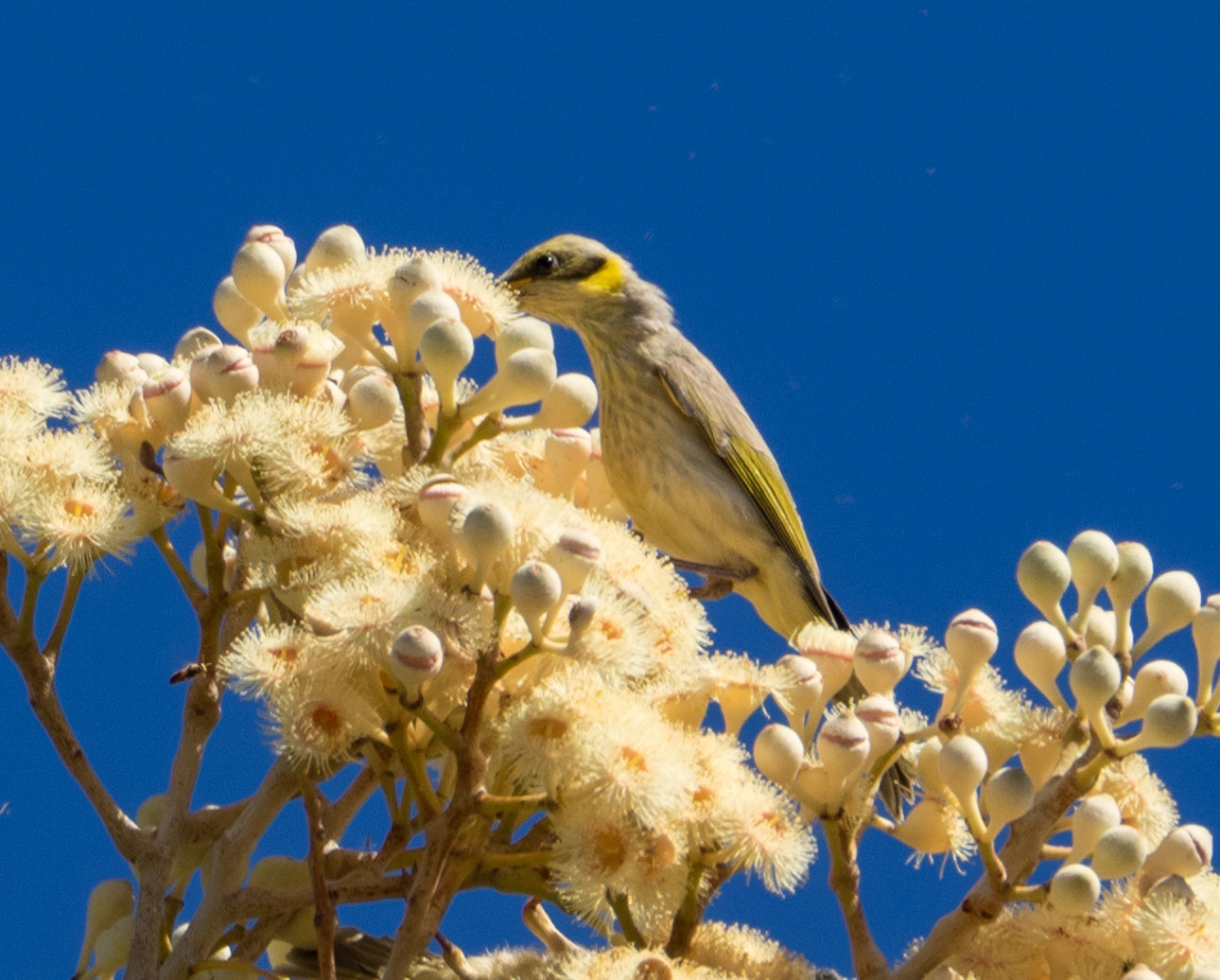
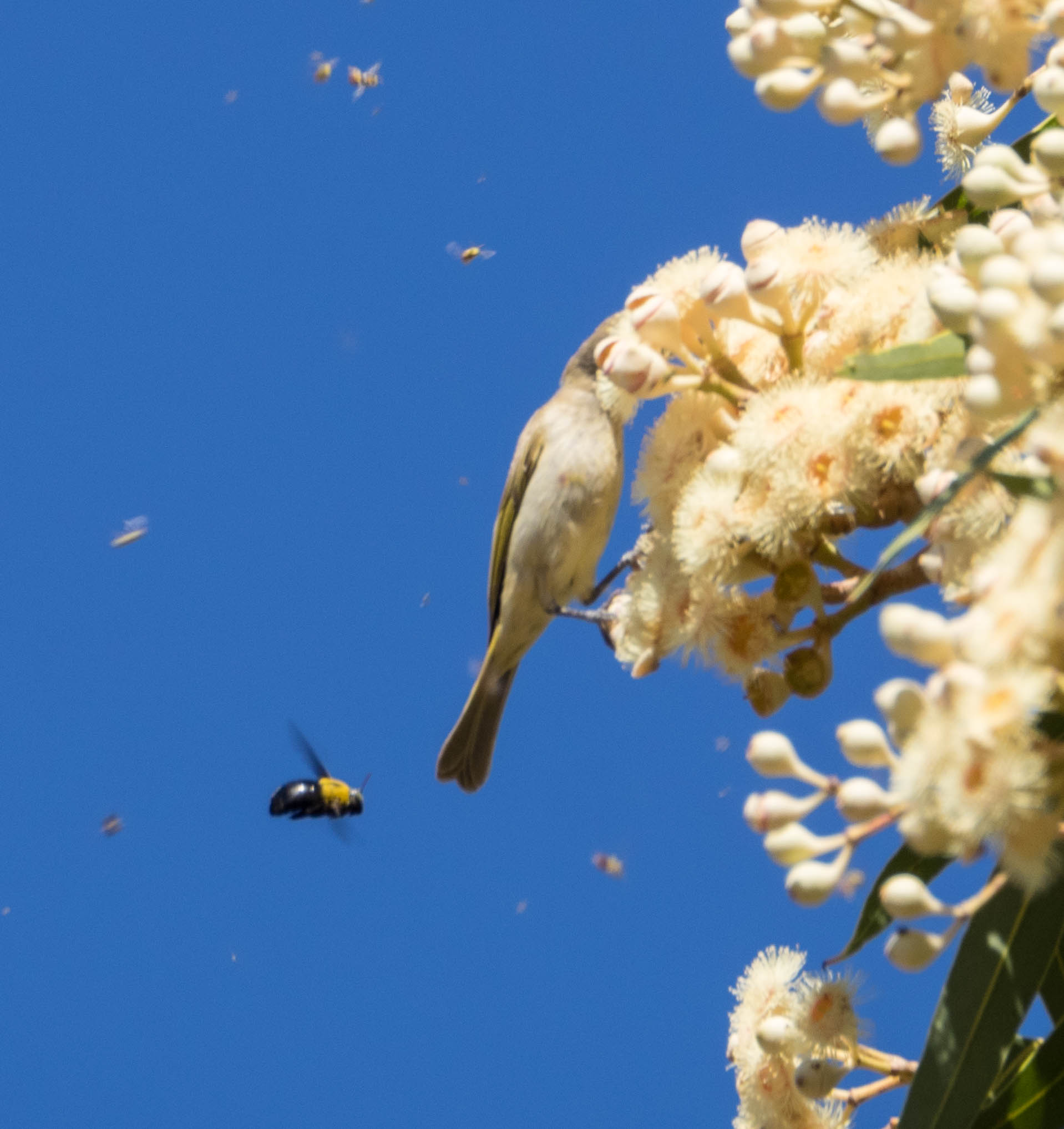
A couple of days later, as we left Boodjamulla to drive east, we saw another single, flowering tree. Same phenomenon, but a slightly different mix of honeyeaters.
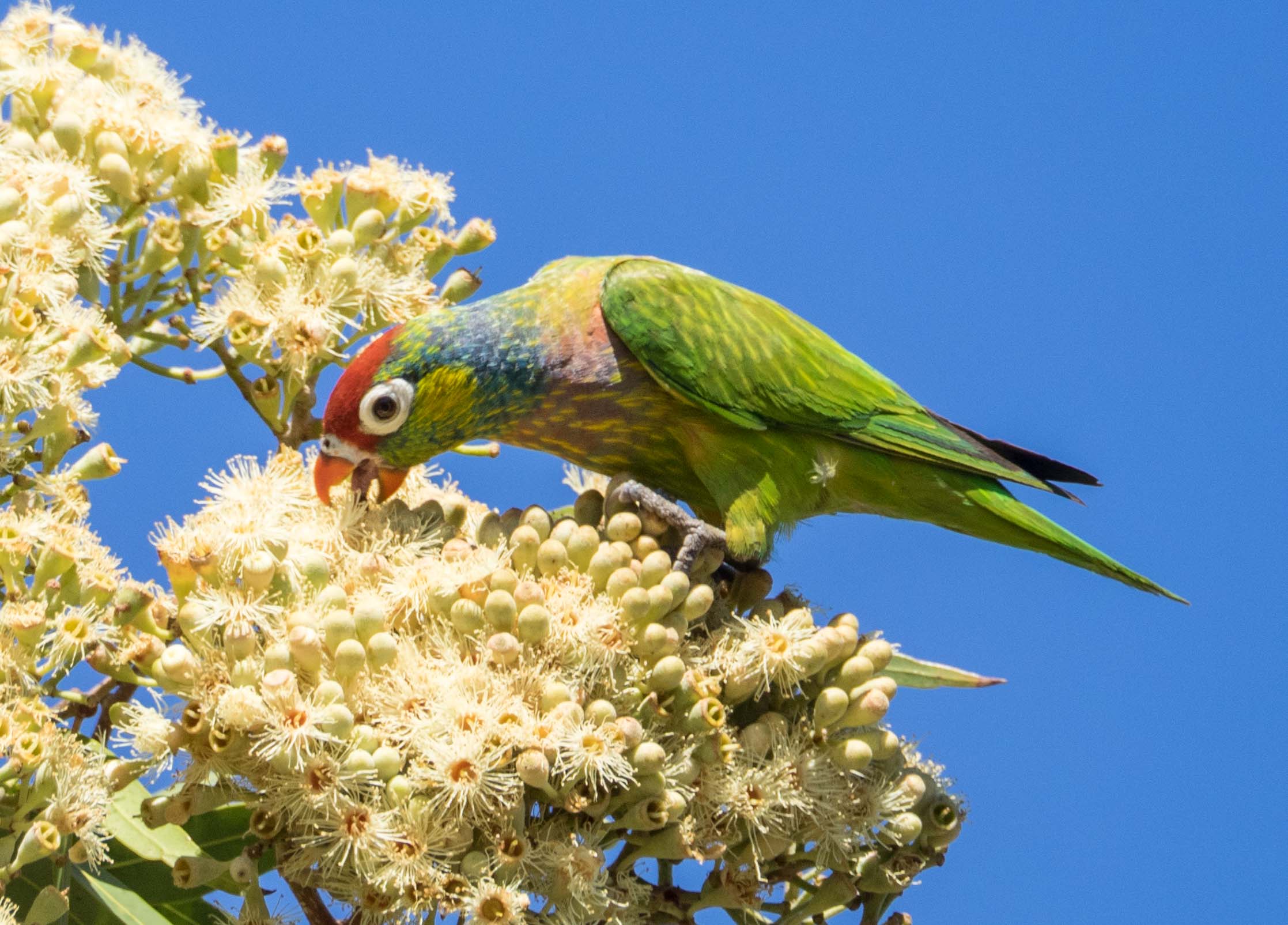
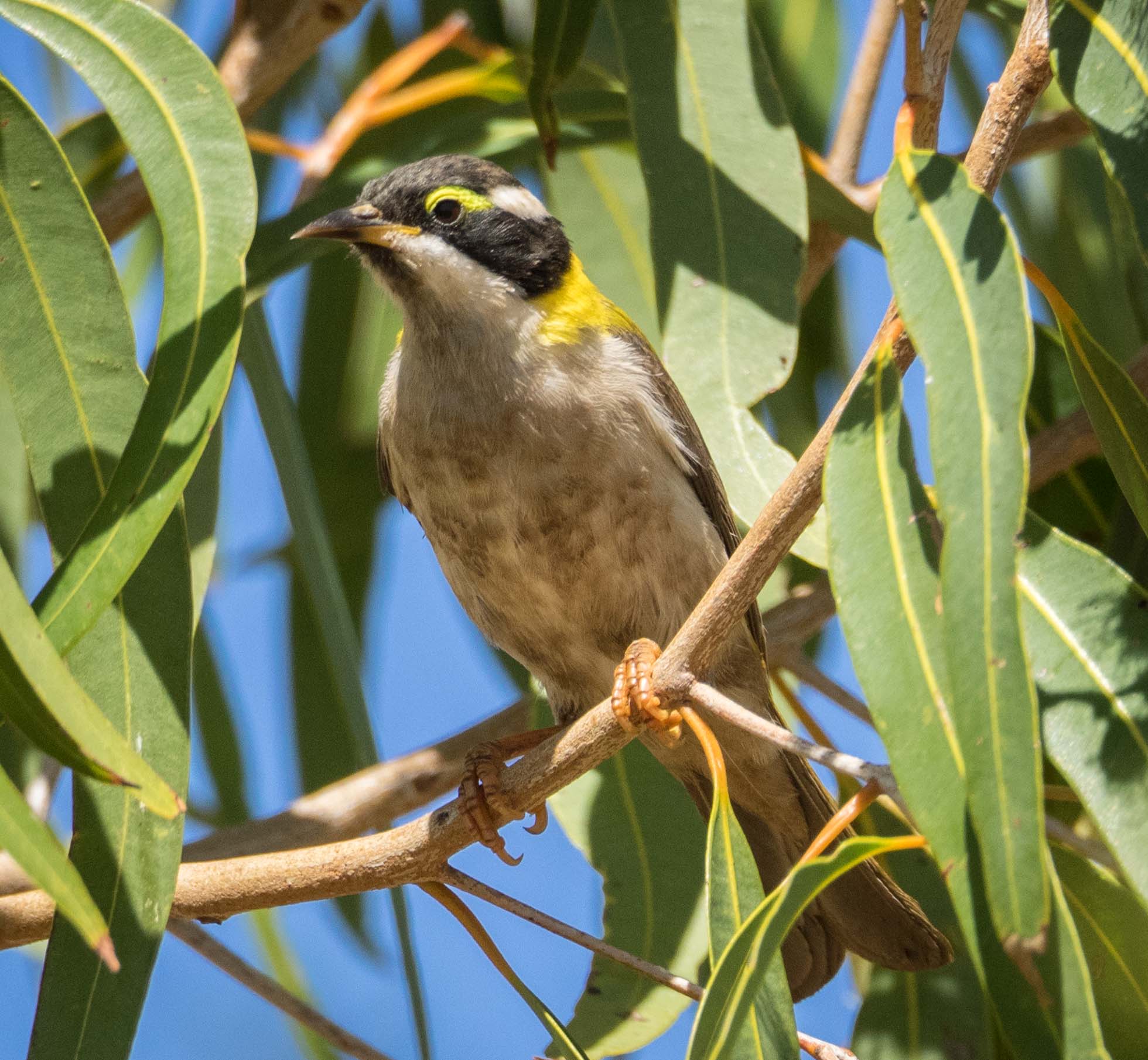
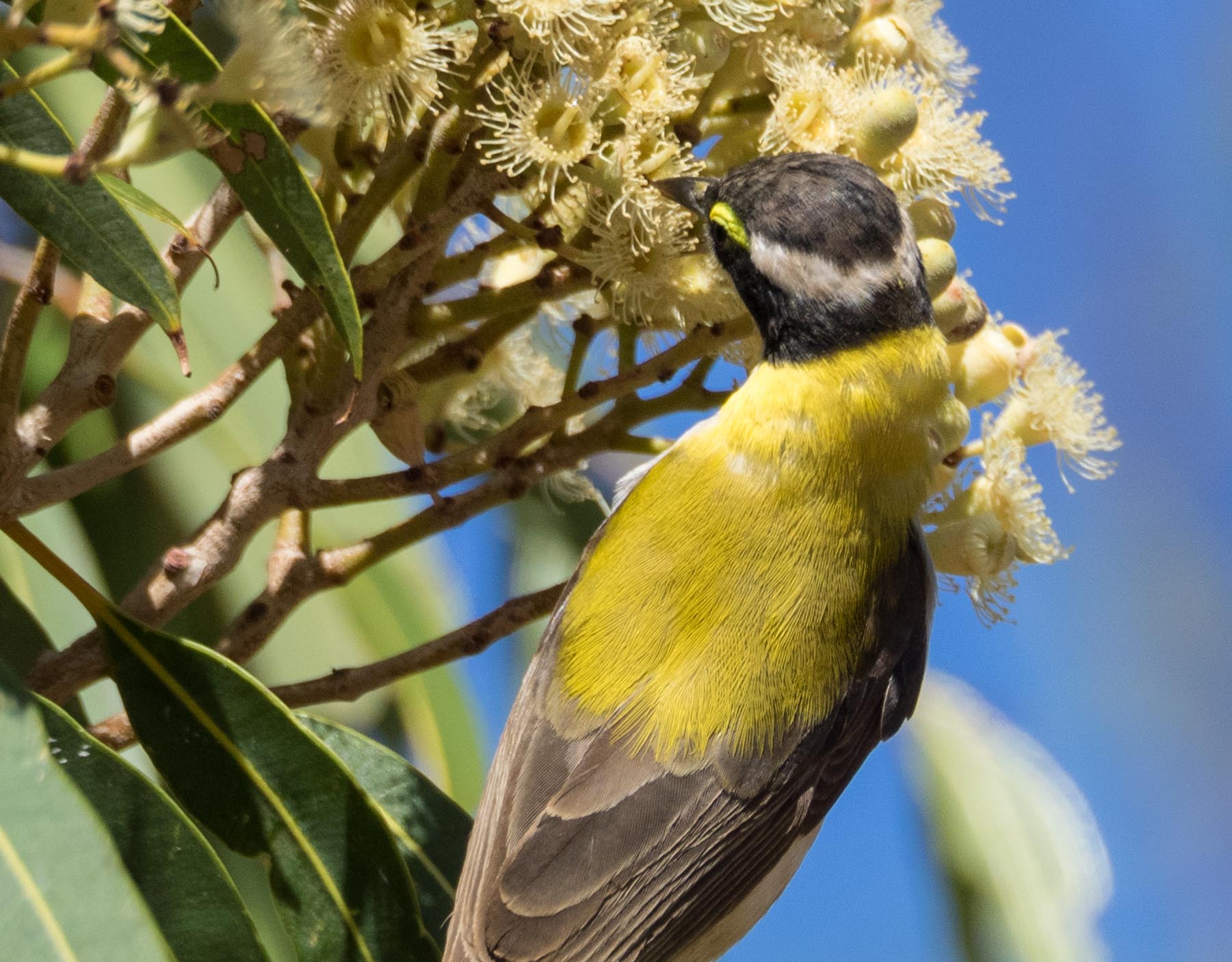
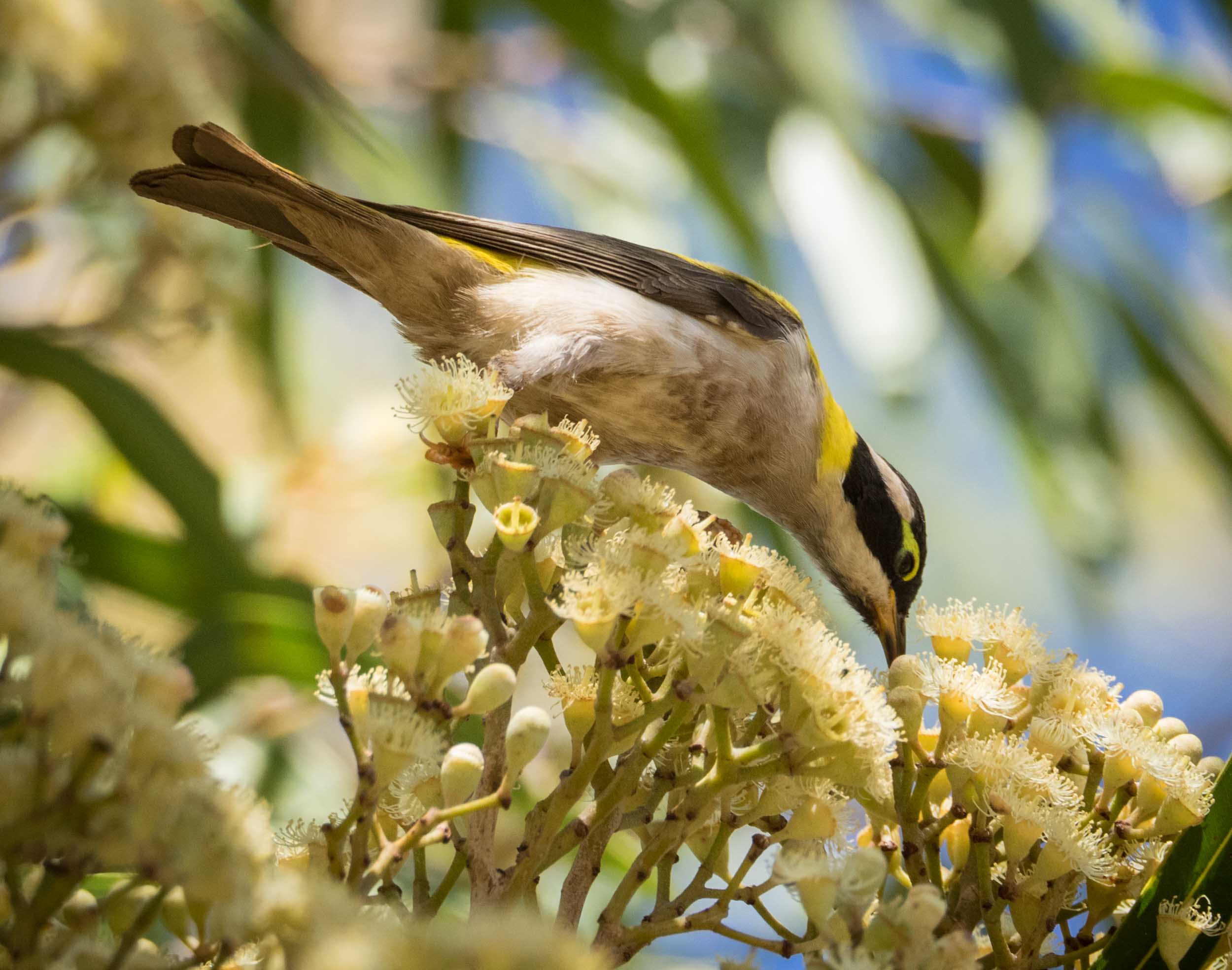
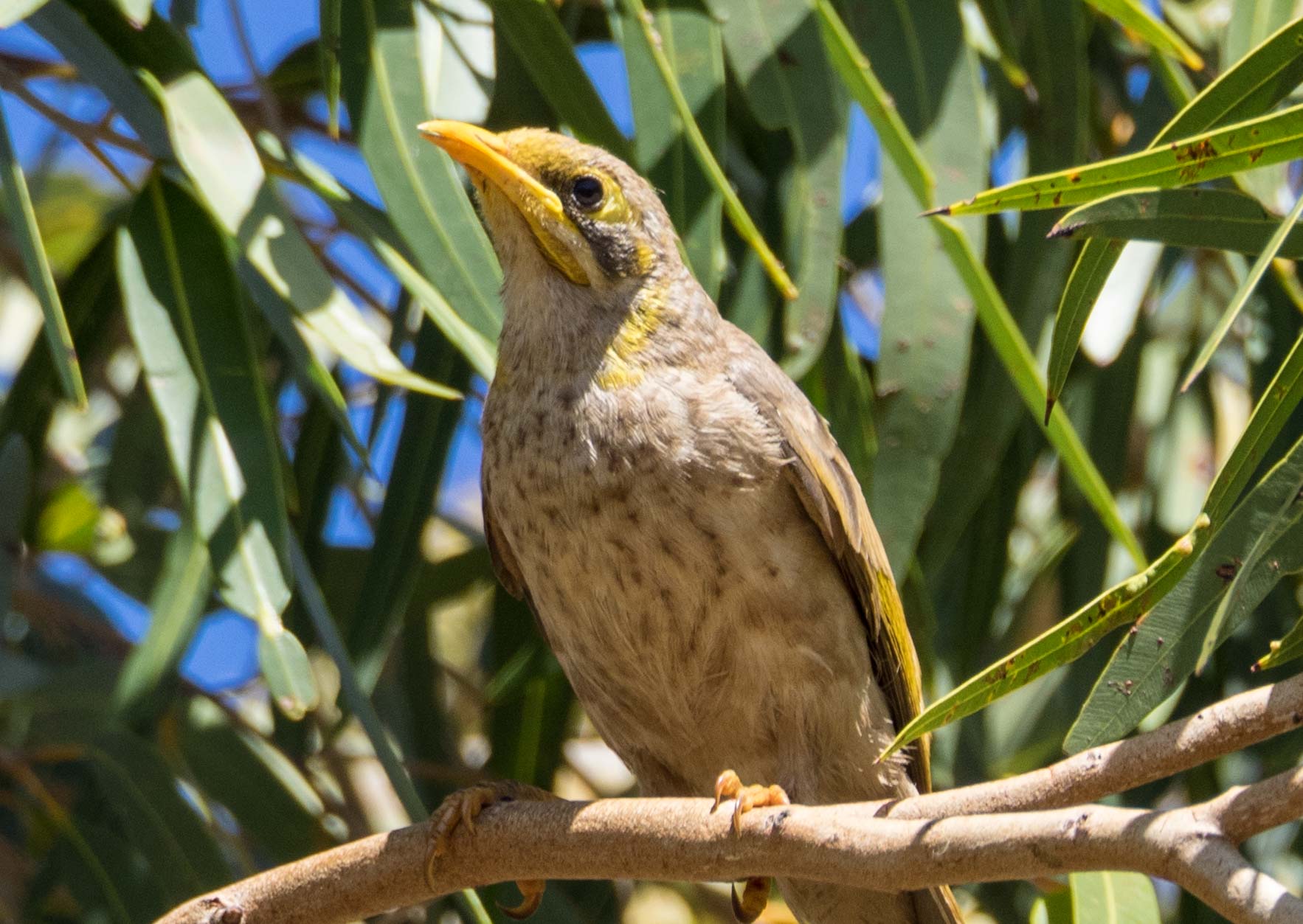
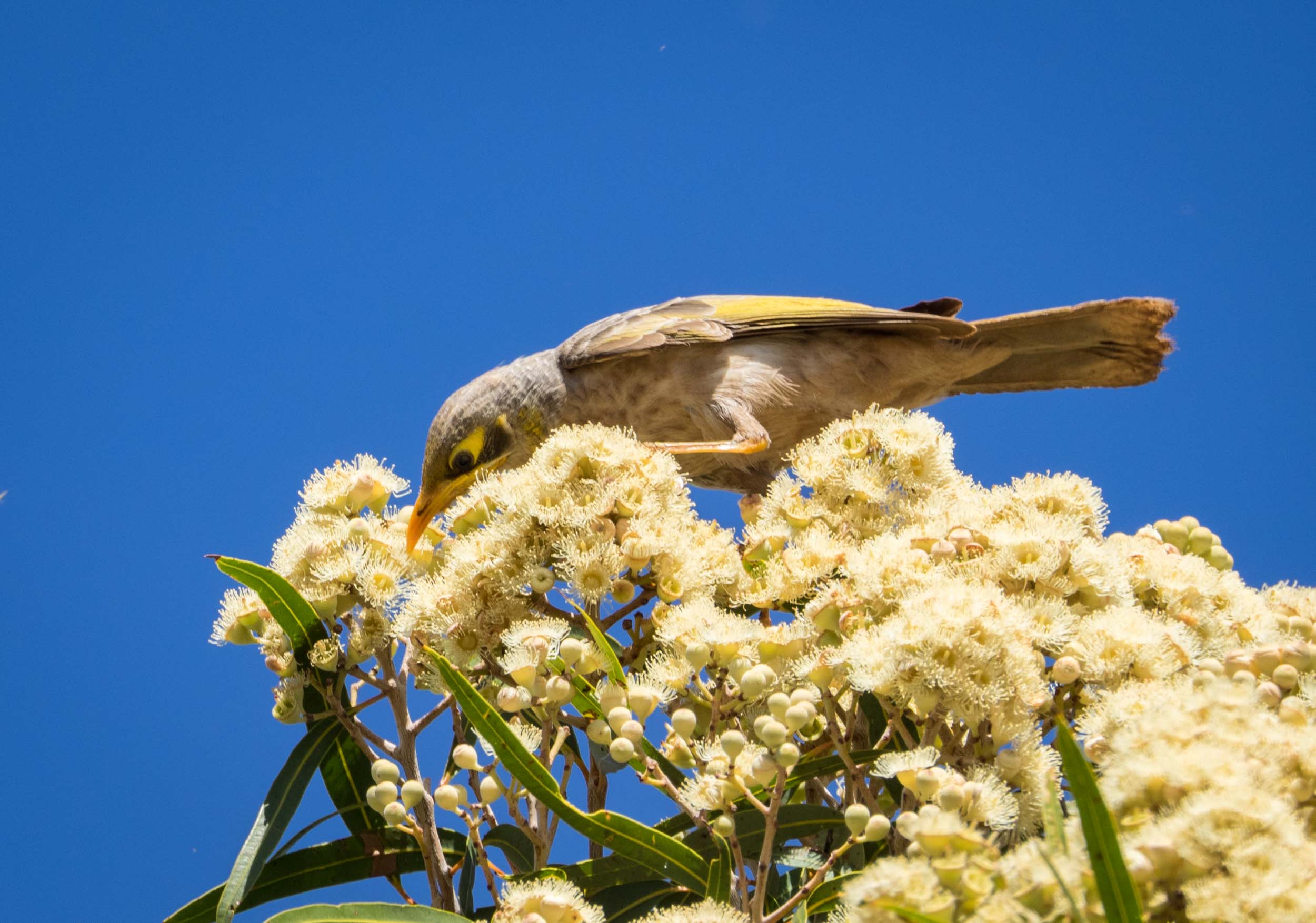
We were probably very lucky with our timing. Once the rest of the (plentiful) bloodwoods also opened their buds, the birds would almost certainly disperse more widely. It was akin to the phenomenon of seeing waterbirds gather at an isolated waterhole during the dry season. A natural concentration of life!

